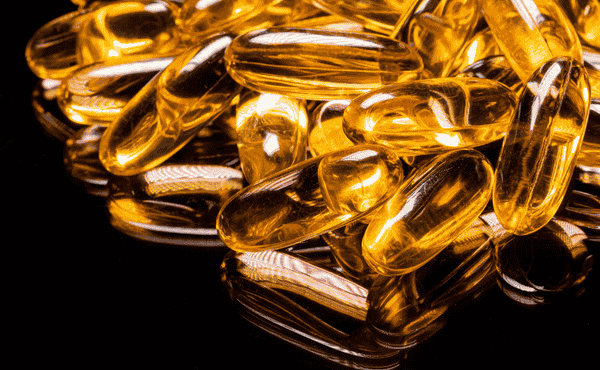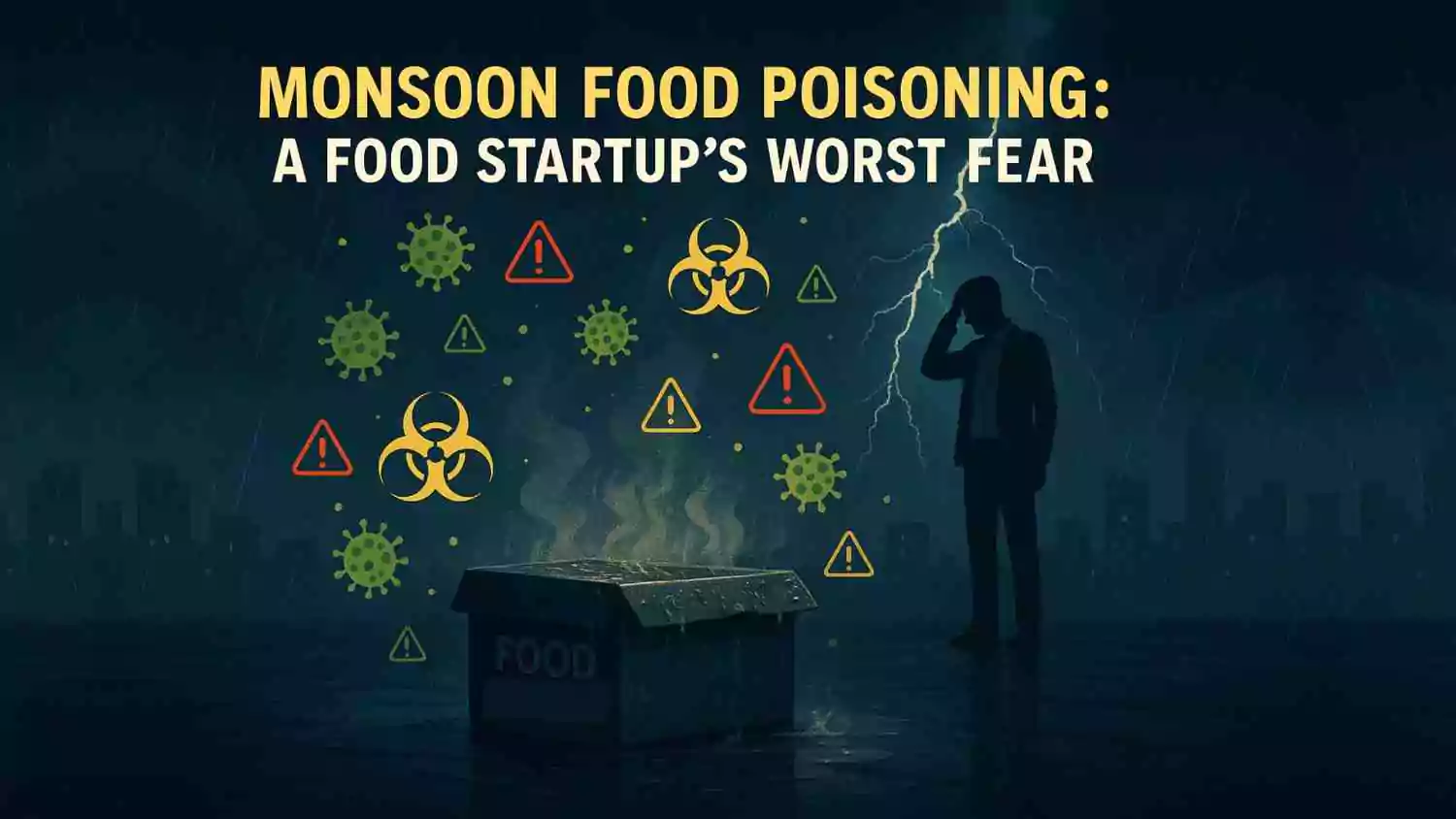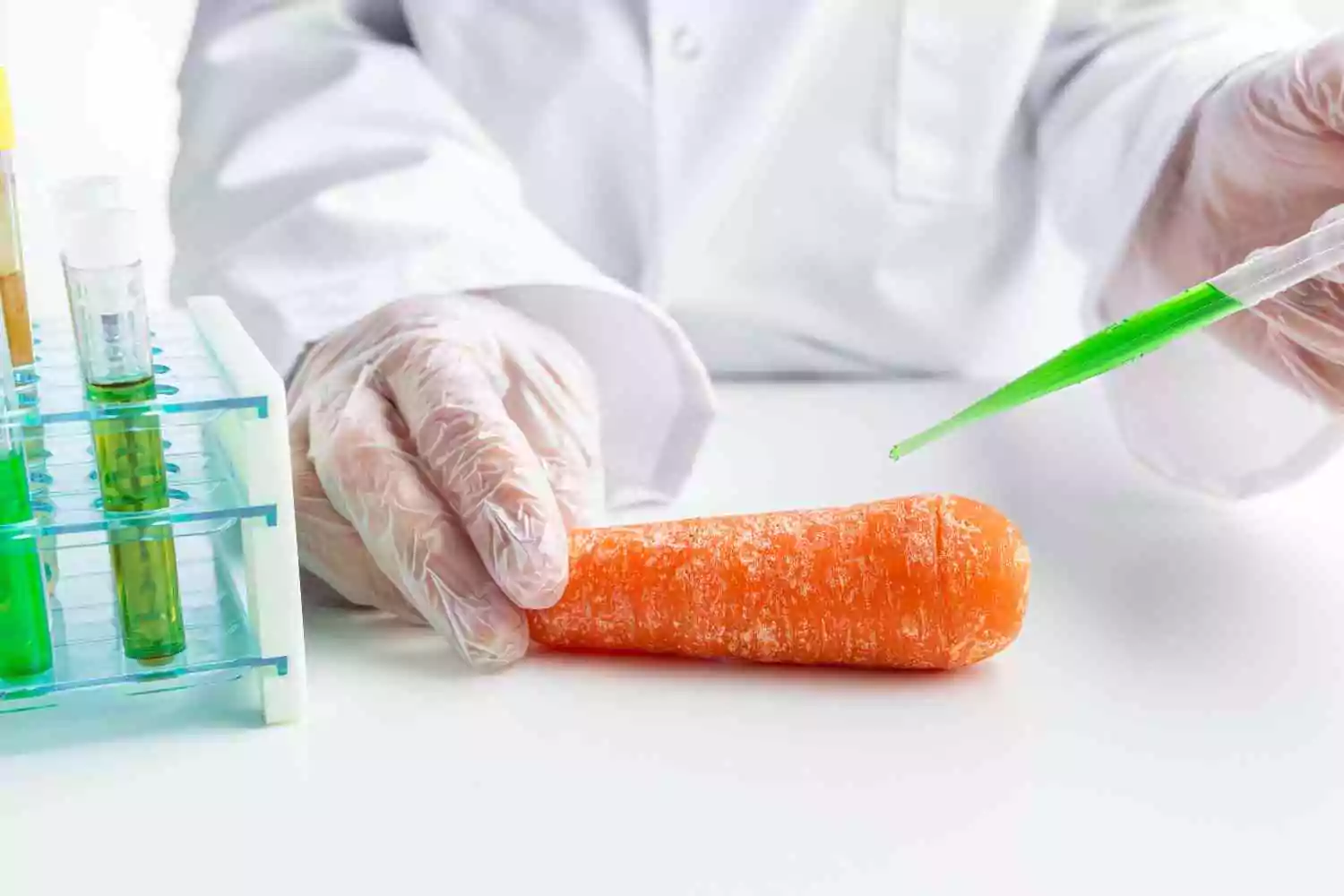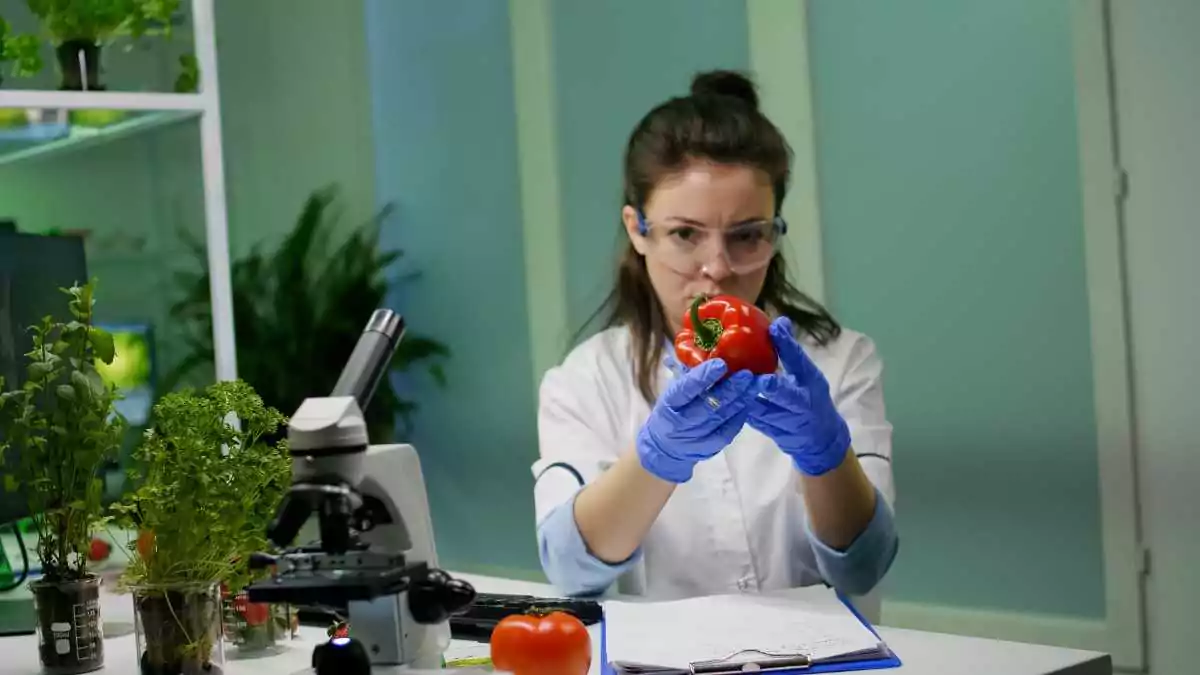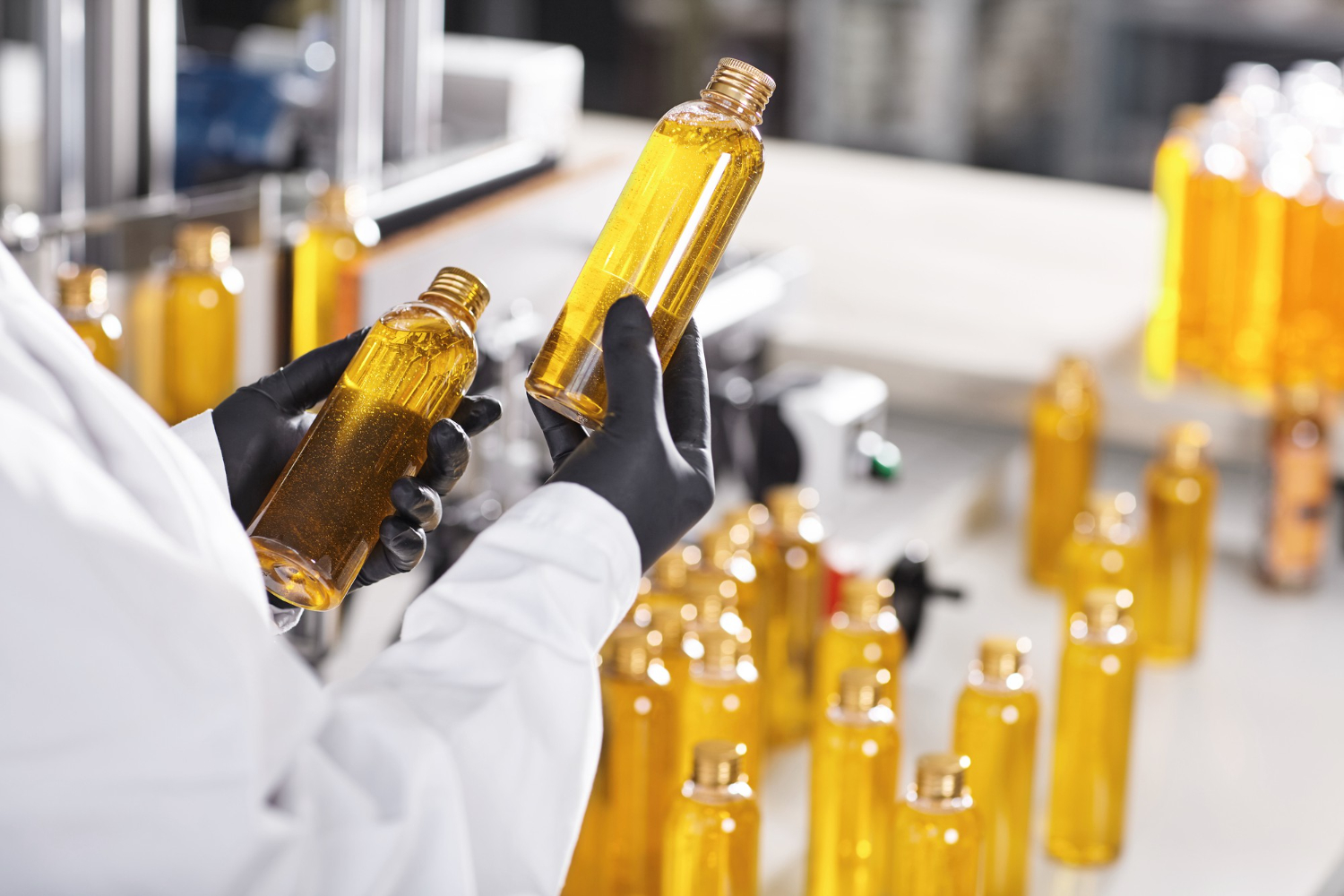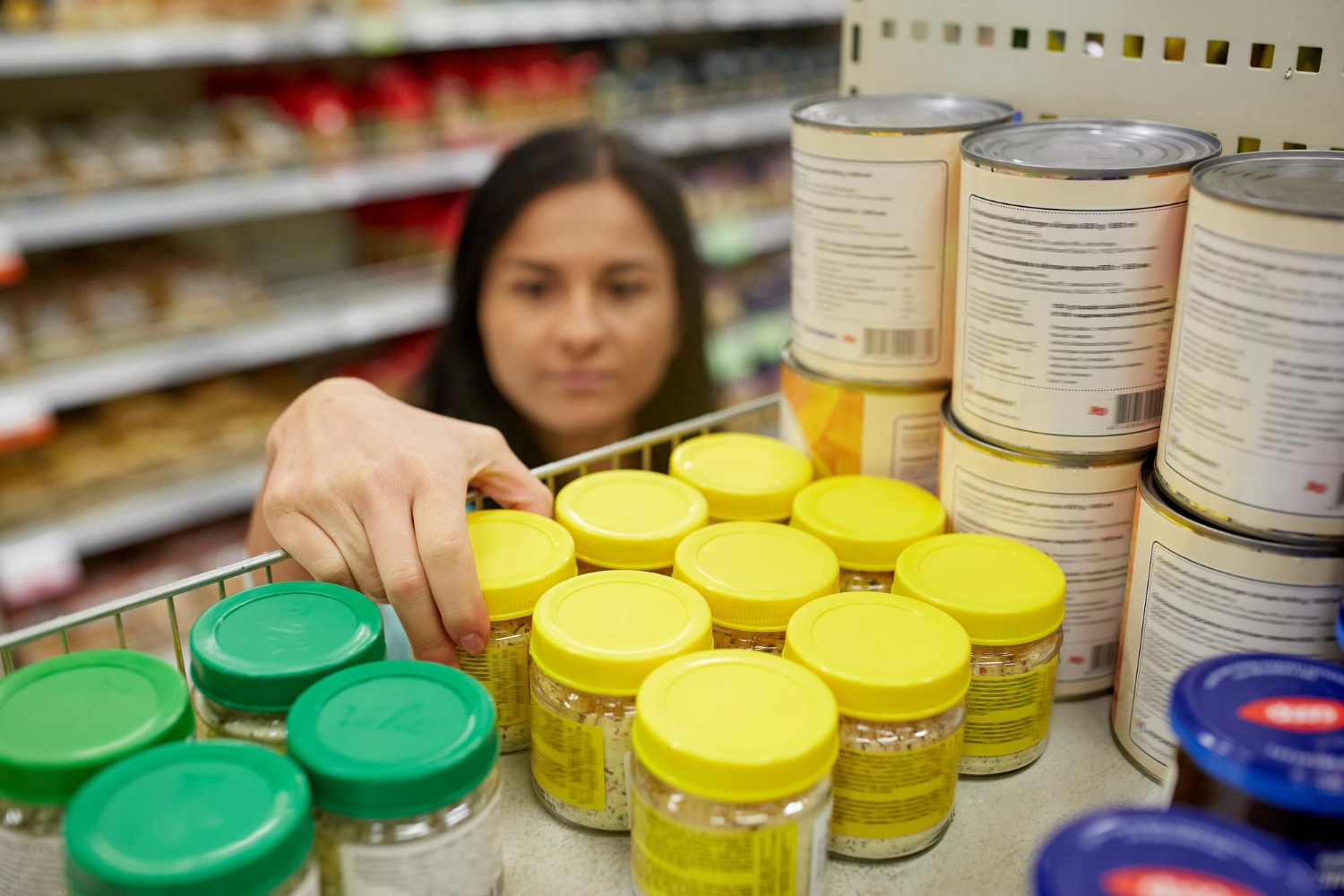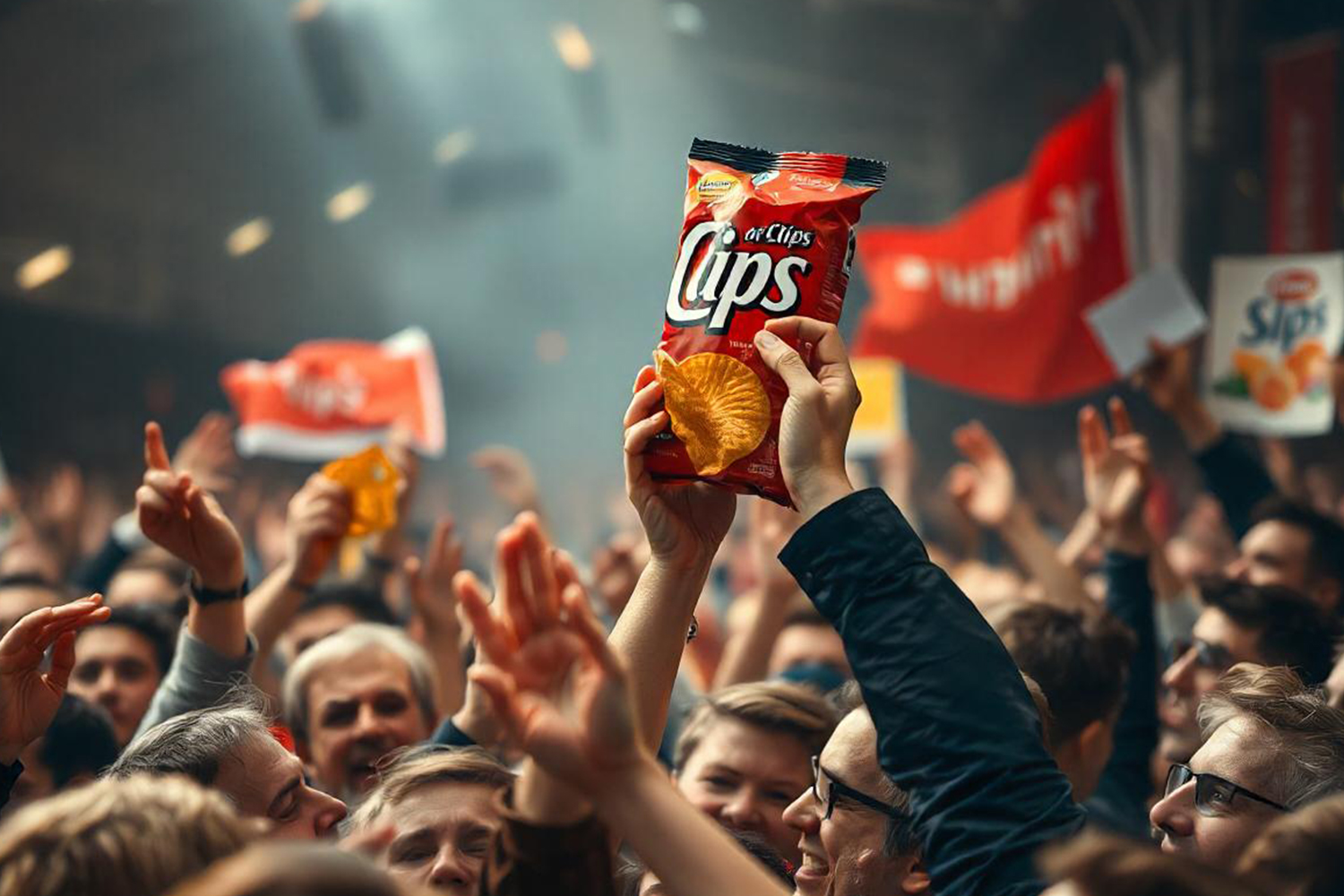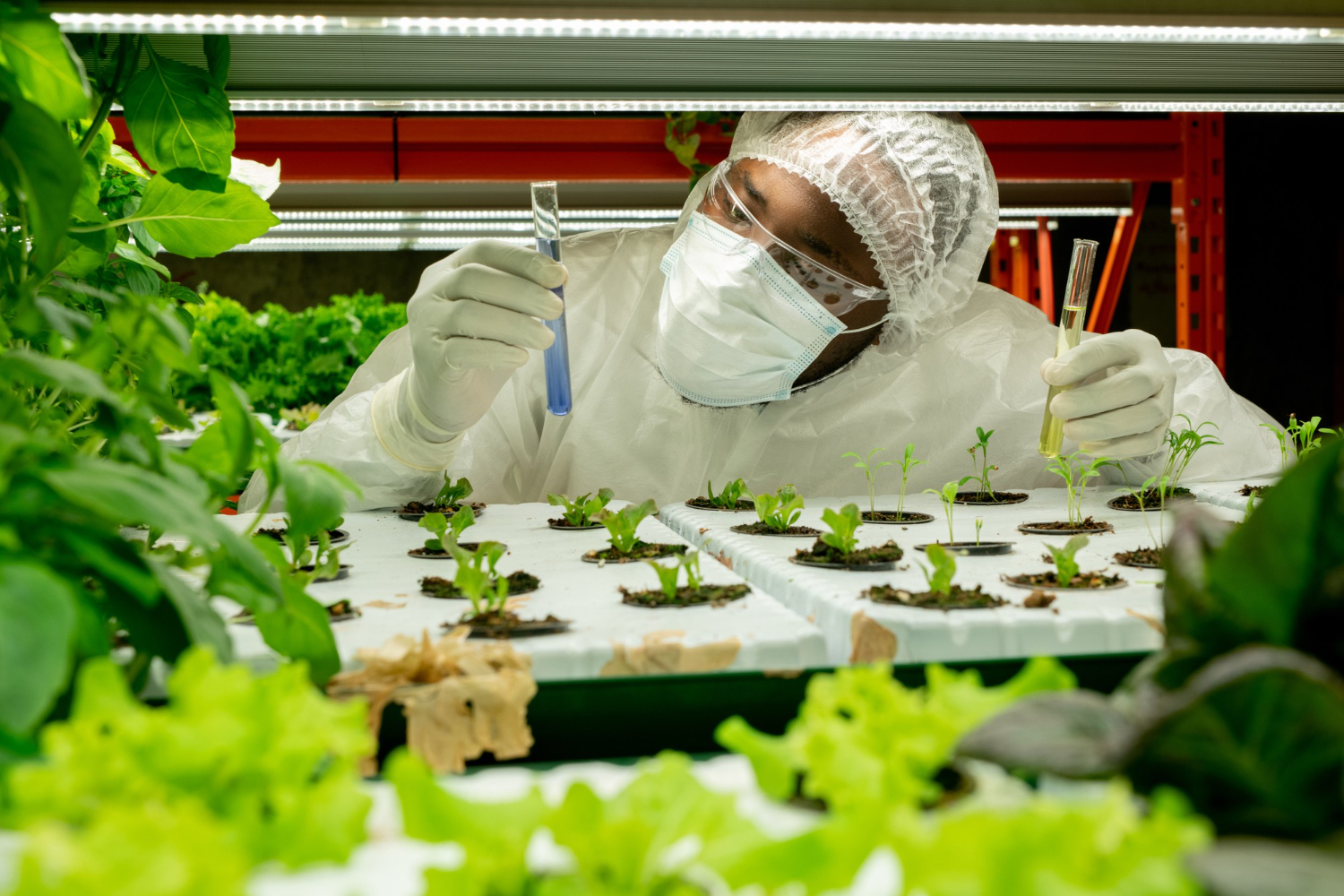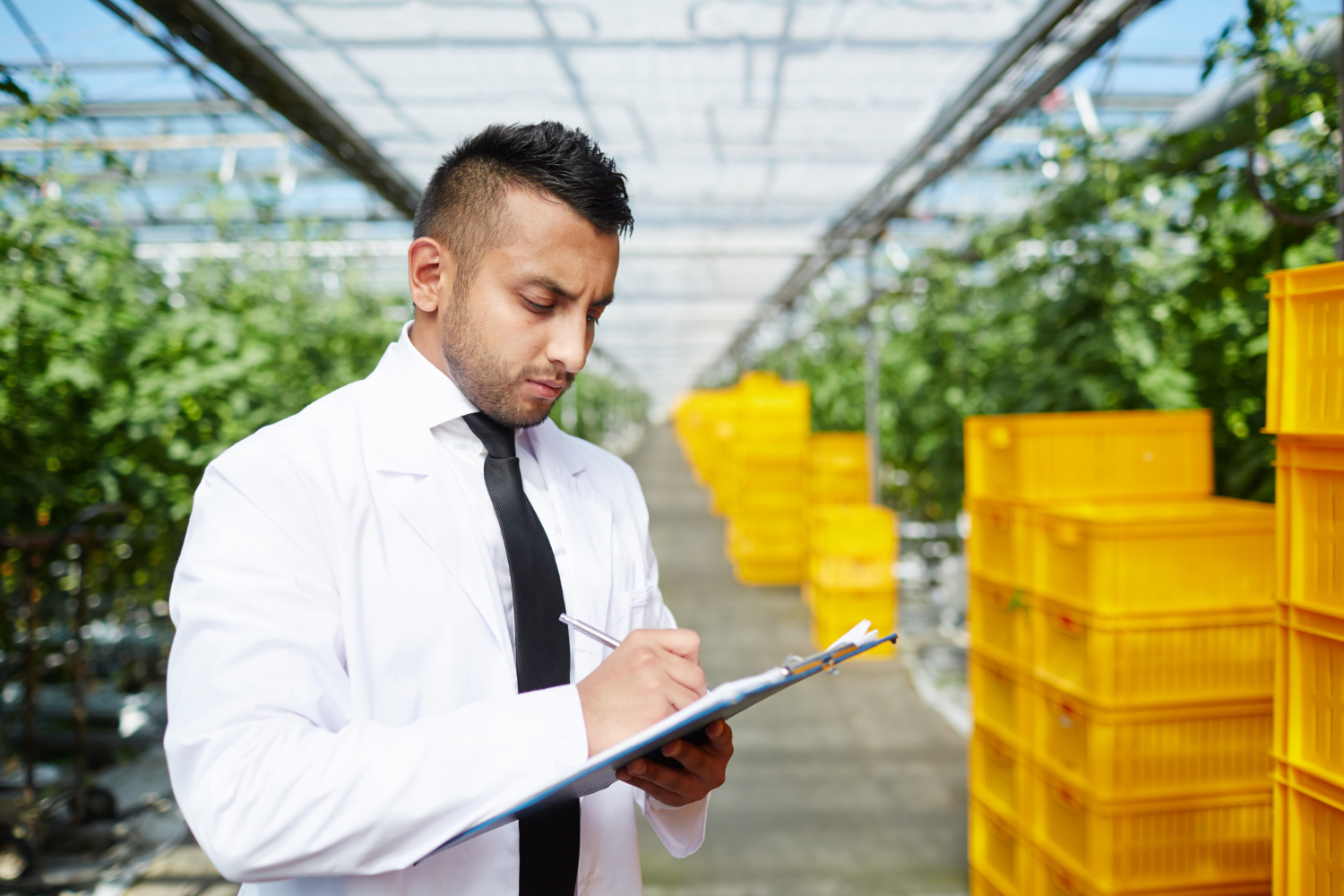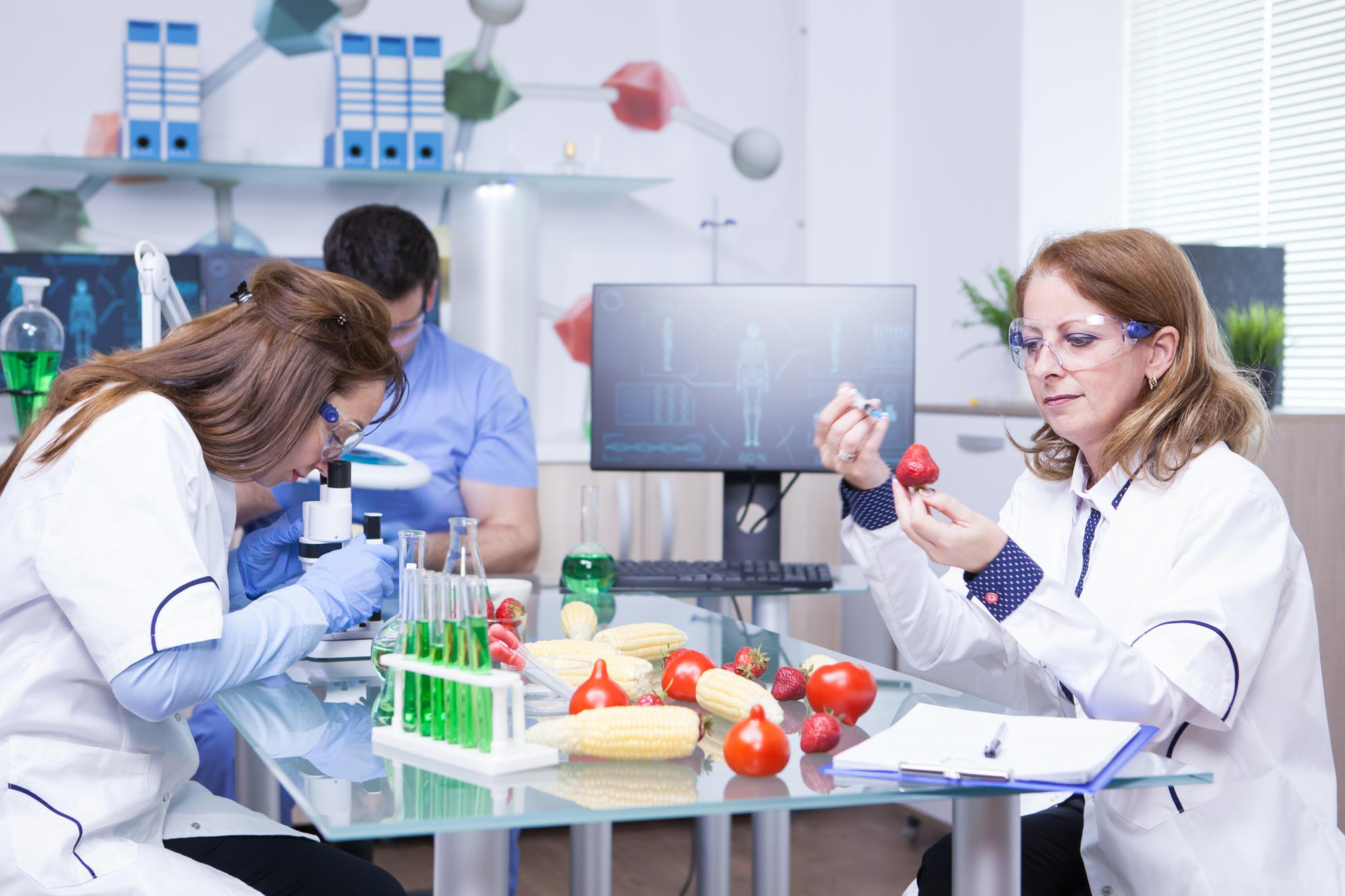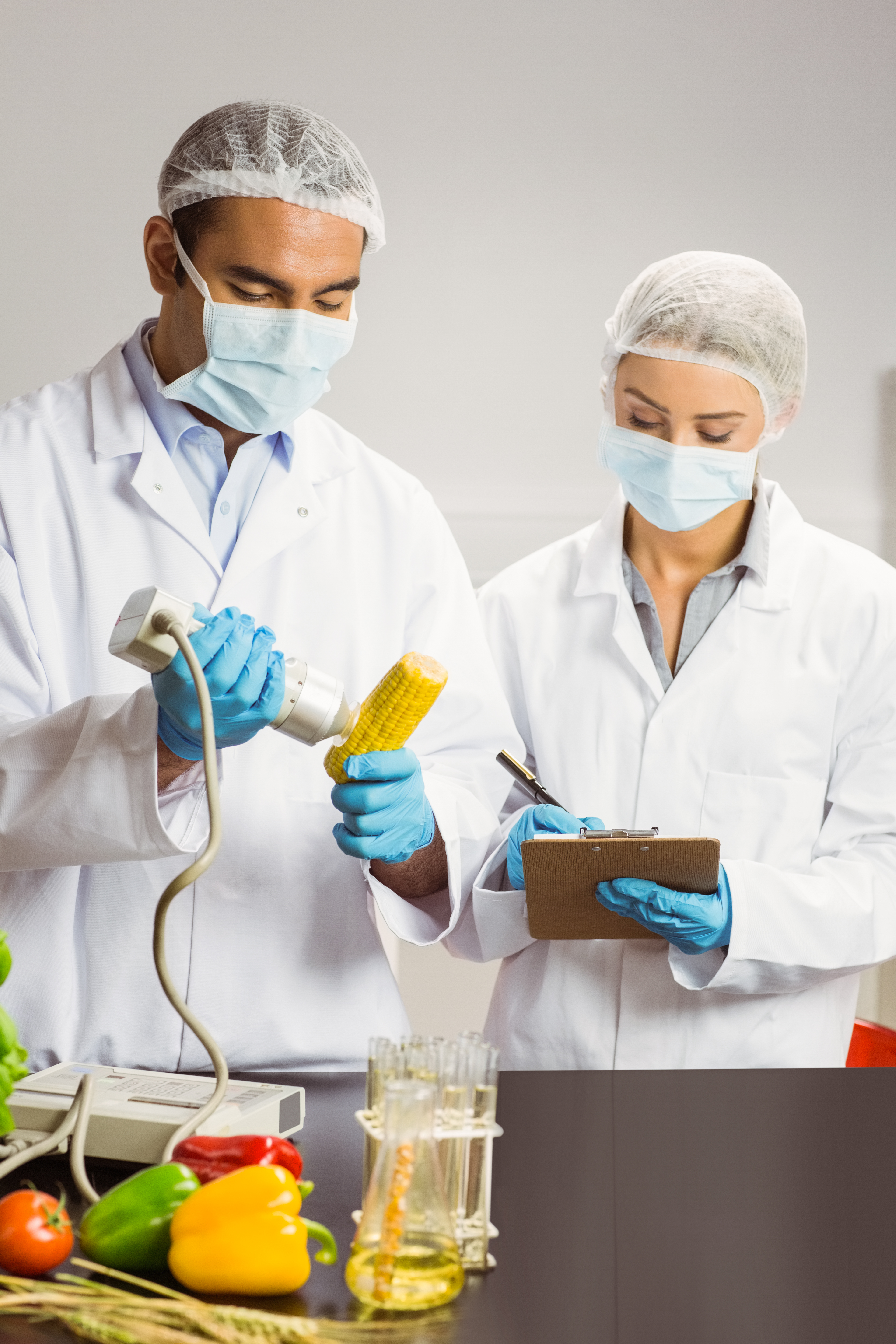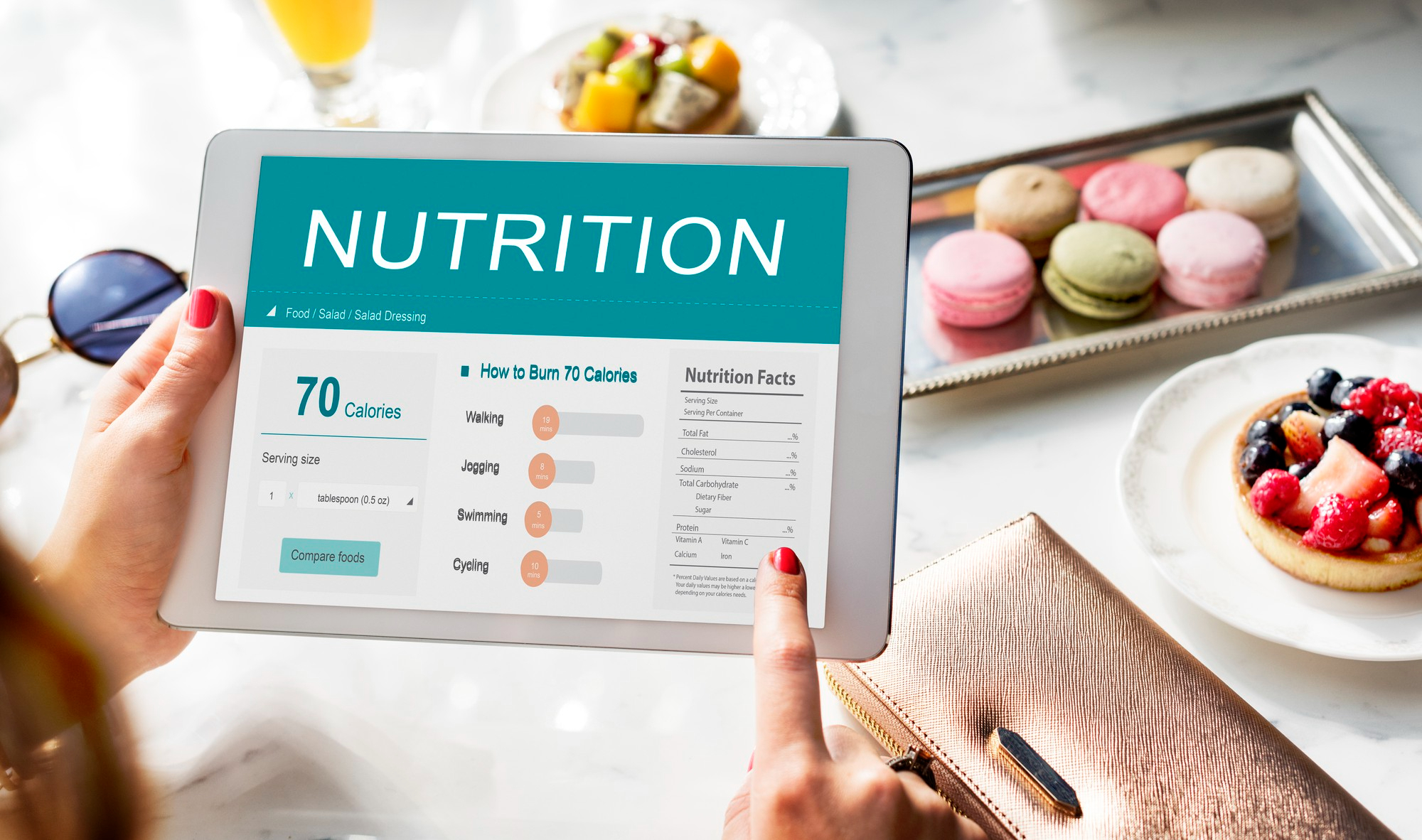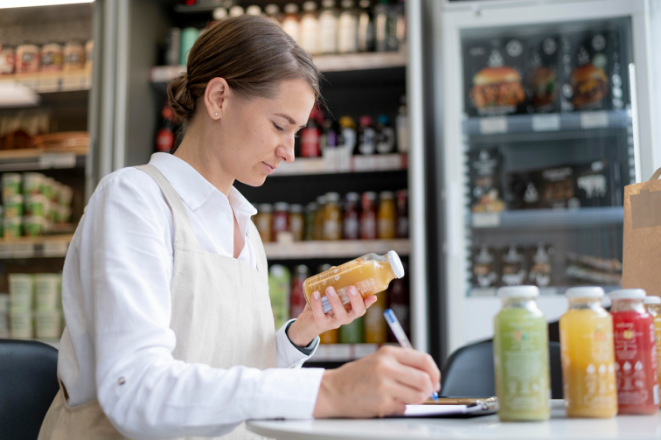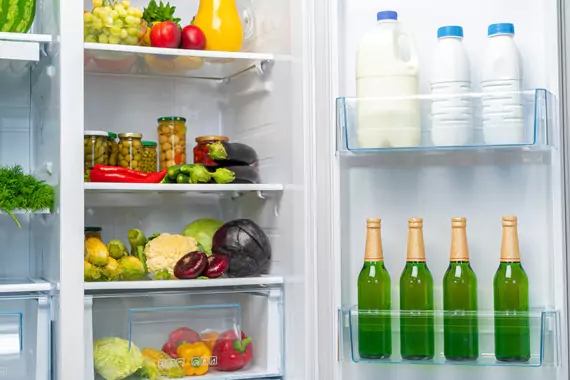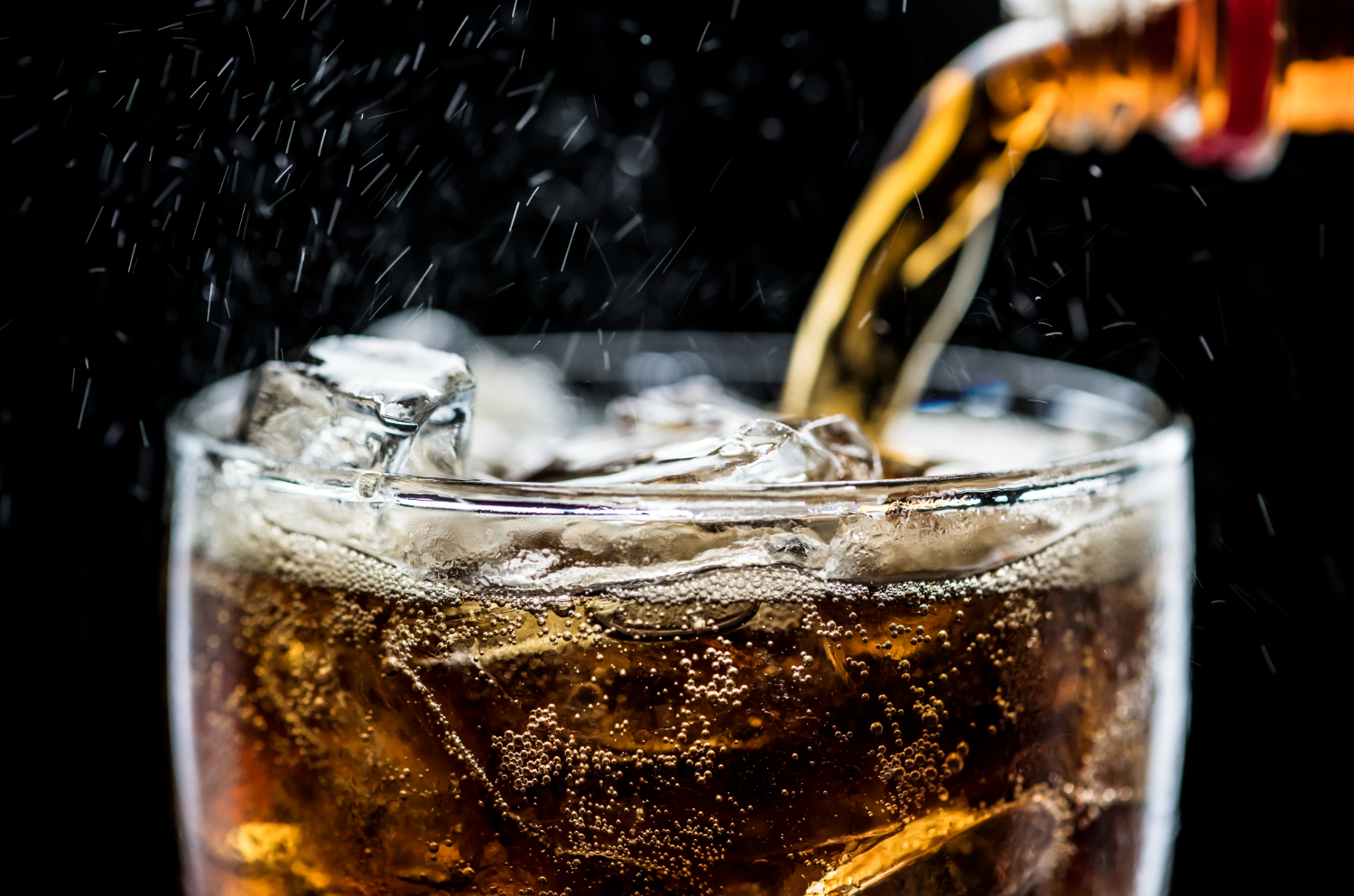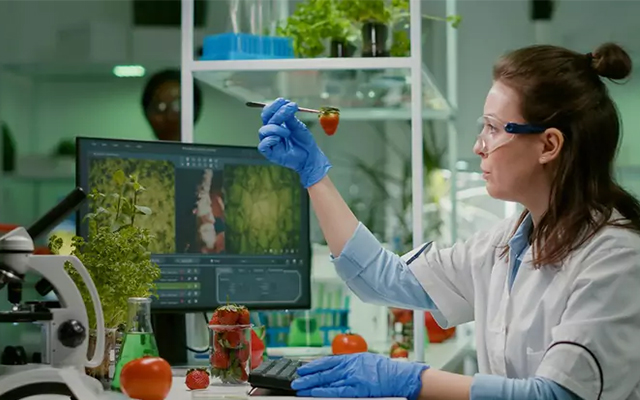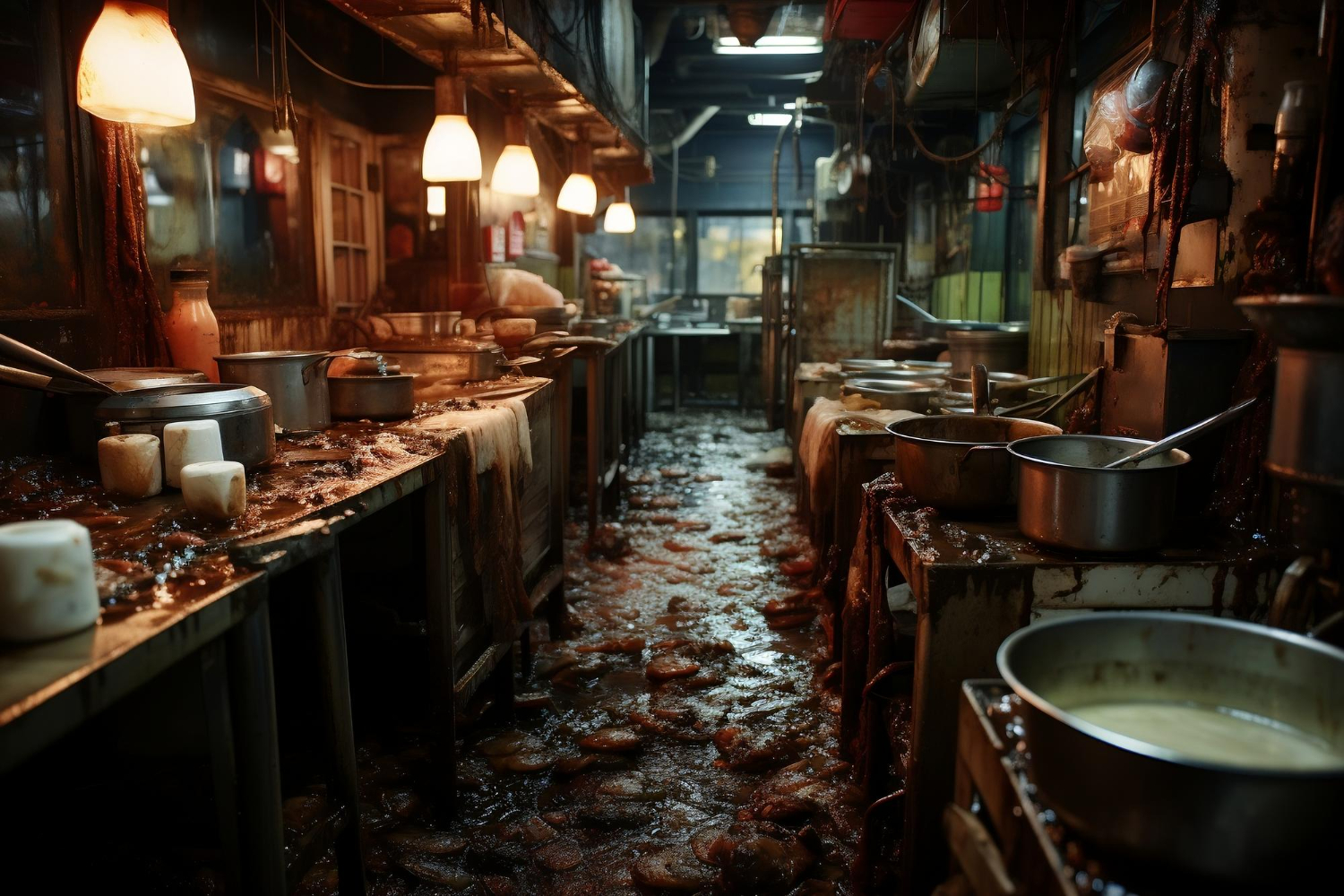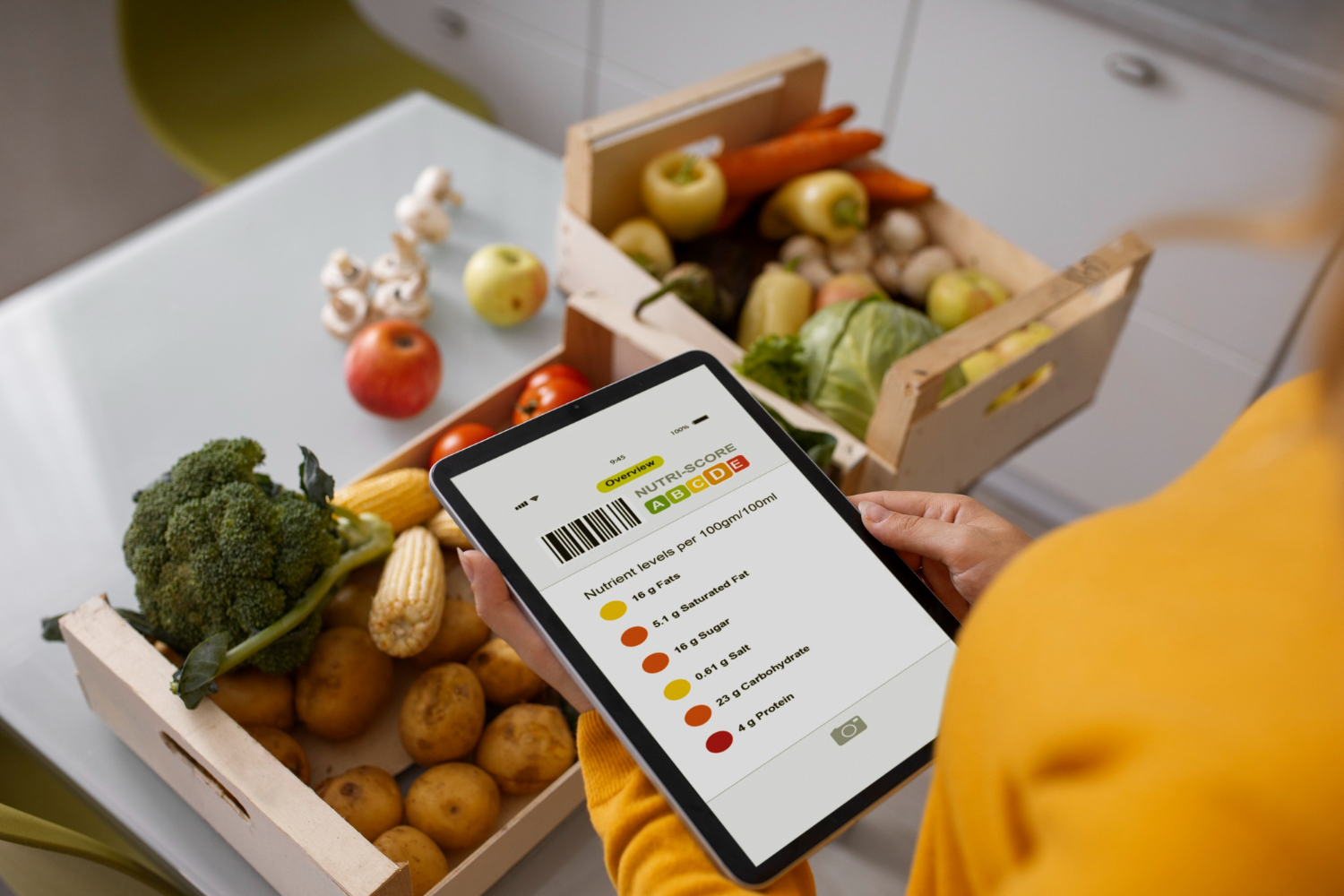Why Food Analysis Matters?
Imagine buying 100% natural honey only to later find out it’s loaded with sugar syrup. Or think about a child allergic to peanuts accidentally consuming traces hidden in a biscuit. Both cases can have serious consequences. This is where food analytical methods step in to protect consumers.
Food analysis helps with:
- Safety — detecting contaminants, toxins, and adulteration.
- Nutrition — ensuring the food label matches actual values.
- Quality — maintaining flavor, texture, and appearance.
- Compliance — meeting regulations like FSSAI in India or FDA in the US.
To make this happen, food is tested using multiple scientific approaches, each designed to answer a specific question: Is it safe? Is it nutritious? Does it taste right?To make this happen, food is tested using multiple scientific approaches, each designed to answer a specific question: Is it safe? Is it nutritious? Does it taste right?



